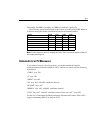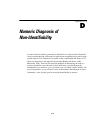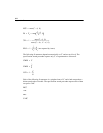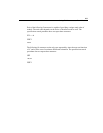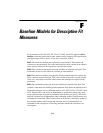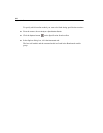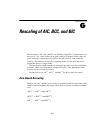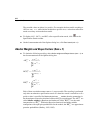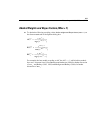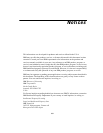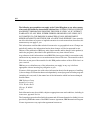
625
Appendix
F
Baseline Models for Descriptive Fit
Measures
Seven measures of fit (NFI, RFI, IFI, TLI, CFI, PNFI, and PCFI) require a null or
baseline bad model against which other models can be compared. The specification
search procedure offers a choice of four null, or baseline, models:
Null 1: The observed variables are required to be uncorrelated. Their means and
variances are unconstrained. This is the baseline Independence model in an ordinary
Amos analysis when you do not perform a specification search.
Null 2: The correlations among the observed variables are required to be equal. The
means and variances of the observed variables are unconstrained.
Null 3: The observed variables are required to be uncorrelated and to have means of 0.
Their variances are unconstrained. This is the baseline Independence model used by
Amos 4.0.1 and earlier for models where means and intercepts are explicit model
parameters.
Null 4: The correlations among the observed variables are required to be equal. The
variances of the observed variables are unconstrained. Their means are required to be 0.
Each null model gives rise to a different value for NFI, RFI, IFI, TLI, CFI, PNFI, and
PCFI. Models Null 3 and Null 4 are fitted during a specification search only when
means and intercepts are explicitly estimated in the models you specify. The Null 3
and Null 4 models may be appropriate when evaluating models in which means and
intercepts are constrained. There is little reason to fit the Null 3 and Null 4 models in
the common situation where means and intercepts are not constrained but are
estimated for the sole purpose of allowing maximum likelihood estimation with
missing data.



